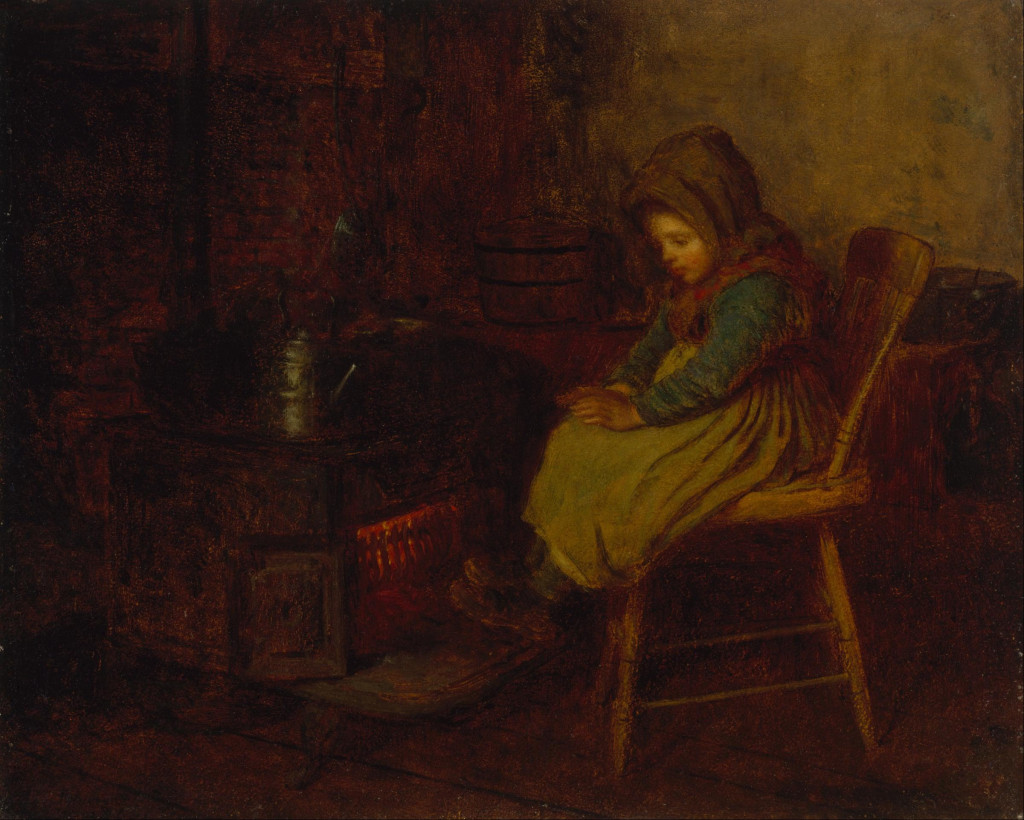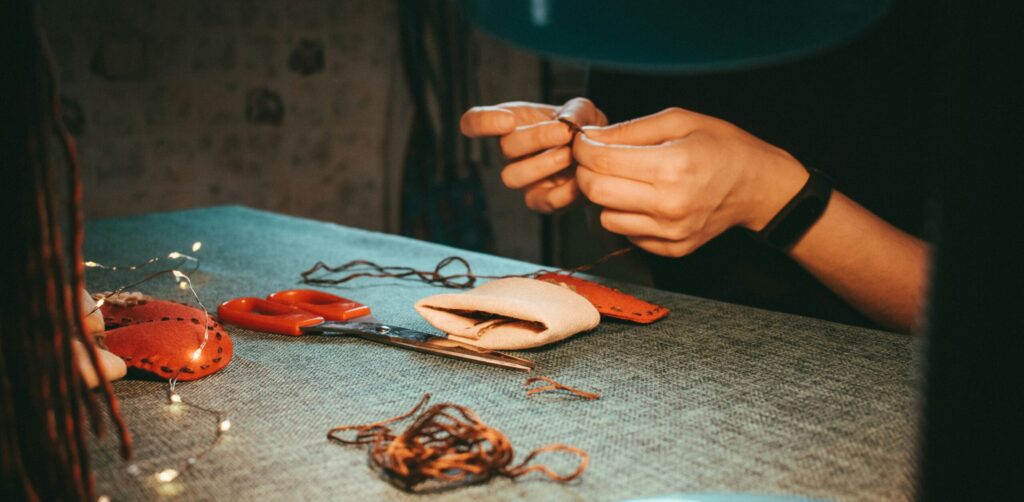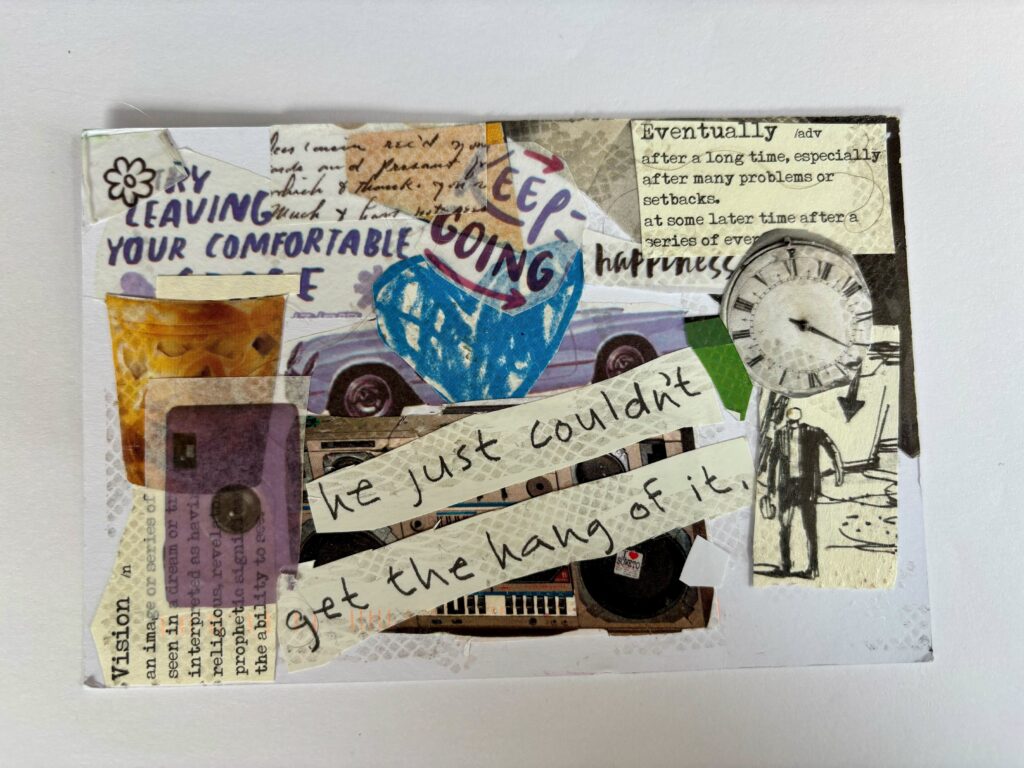As a human I am ostensibly warm-blooded, but I sometimes have my doubts. I feel cold most of the time, and this is amplified when I have a migraine, so I have become an expert at dressing to fight the cold. Here are some tips on dressing to stay warm, in case your illness, your treatment, your hair loss, or your life in the Yukon are making you cold. Note: Because of additional restrictions, such as keeping ports accessible, we will cover dressing warmly for chemotherapy sessions in a later post.
Air – as long as it isn’t moving – is an excellent insulator (this is what lies behind the incredibly cool Leidenfrost effect). This is how hair and fur mainly work: they trap air and keep an insulating layer next to the skin. Much of the heat generated by the body is retained by the cushion of still air held against the body. If you are looking to dress to stay warm, you should use materials and techniques that mimic this – that means dressing in layers, using fabrics that trap air, and covering up as much skin as possible. My go-to fabrics are wool, silk, flannel, down, and synthetics designed for warmth, like polar fleece.
- Wool can irritate sensitive skin, so I either use it as an outer layer, or stick to products from companies like SmartWool, which treat their wool to reduce itchiness (and to make it machine-washable). Wool is especially well-suited for socks, hats, sweaters, and coats.
- Silk is almost guaranteed not to irritate your skin, and it is breathable, so it’s a great base layer. I like long silk underwear under my regular clothes, silk sock liners, and silk/wool-blend sweaters.
- Flannel is extremely cosy. At night I double up – I wear flannel pajamas and use flannel sheets on my bed. I can’t get away with this during the day, so instead I buy flannel shirts, and flannel-lined pants and jackets.
- Down might be my favorite material for warmth; I love my down winter coat and my comforter. If you’re at home, I strongly recommend a down robe. If you need to be out, a down vest will keep you toasty while still counting as normal clothes.
- Fleece is lightweight and thin, so I like it for layers and linings – fleece-lined wool hats or a fleece jacket under my down coat. The downside is that it isn’t very breathable, so sweating can become an issue.
Dressing in layers and covering up as much as you can will help trap even more air, and will also let you adjust your warmth level as you need to. You probably can’t get away with wearing a balaclava to class, or wearing ski gloves in the office, but you should be able to pull off a scarf or turtleneck, a snug cap, and fingerless gloves or wrist-warmers.
Hiking and sporting goods stores are great sources for warm clothing, and a key phrase to look for is “performance apparel”. If an undershirt is designed to keep you warm while camping in Minnesota in February, it will probably help to keep you comfortable when chemo or a migraine steals all your body heat.








